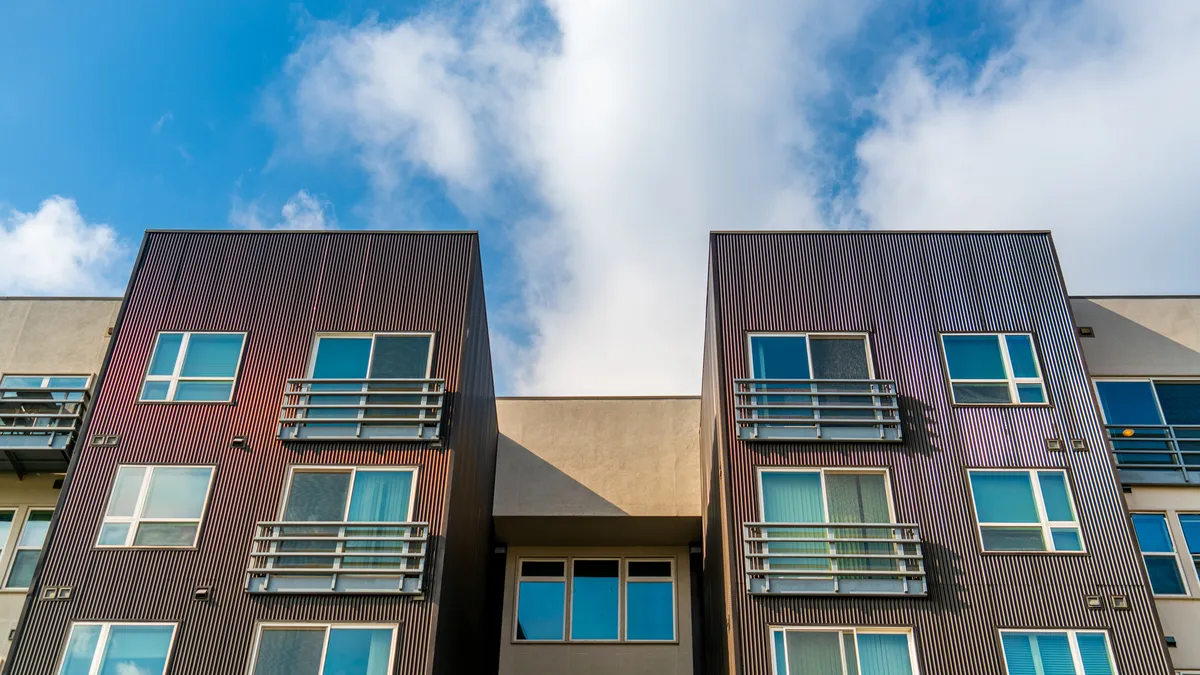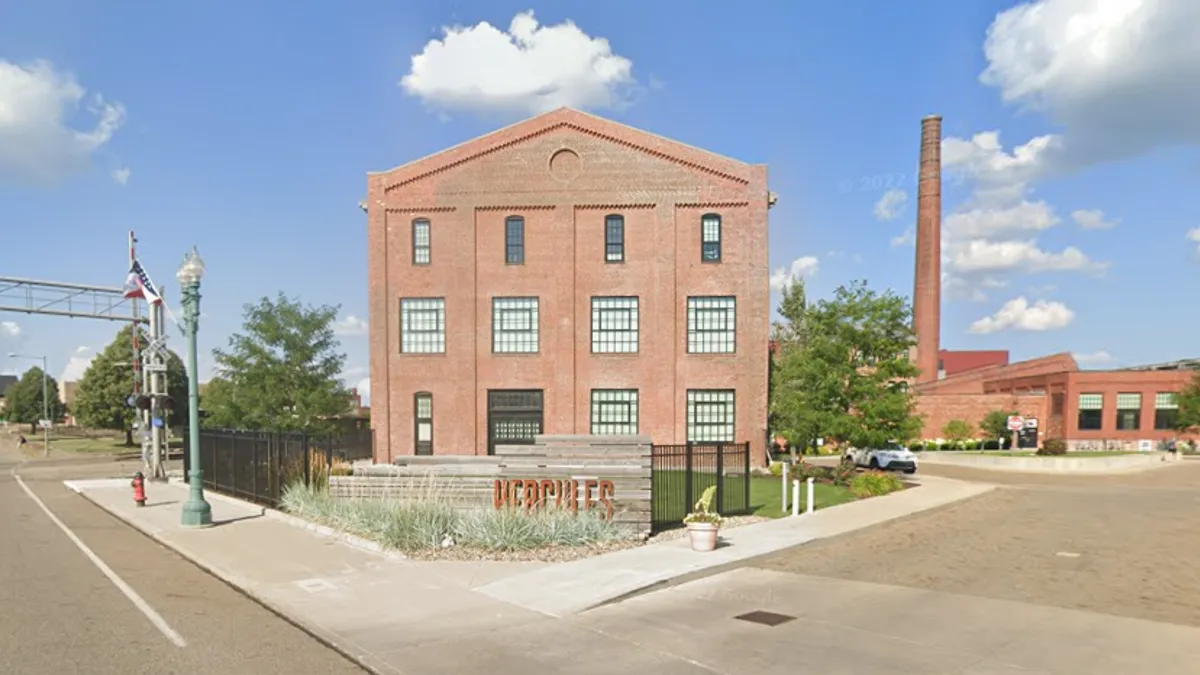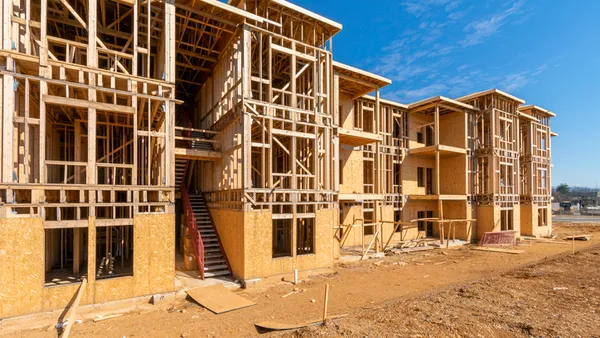Dive Brief:
- The average U.S. asking rent fell by $6 in September, down to $1,722. This is the first time that rents have fallen in the month of September since the global financial crisis in 2009, according to Yardi Matrix’s latest Multifamily National Report.
- At the same time, year-over-year rent growth took a steep drop to 0.8%, down 60 basis points from August. This marks the lowest year-over-year rent growth rate since the pandemic recovery period in early 2021.
- The ongoing economic slowdown is one of a number of headwinds the industry faces, according to Yardi. Consumers are losing purchasing power due to dwindling savings, high energy prices and the resumption of student loan payments. However, much of the negative rent growth stems from a strong delivery pipeline, and demand and absorption remain strong.
Dive Insight:
Performance in the top 30 metro markets is split down the middle by region, according to Yardi. High-growth markets are concentrated in the Northeast and Midwest, led by New York City at 5.6% YOY rent growth and New Jersey at 5.2%. Both markets benefit from low new supply, steady demand and high occupancy — New York City stands at 98.1% and New Jersey at 97.4%
On the other hand, most of the metros with negative rent growth YOY are in the Sun Belt or the West. Austin, Texas, has moved Las Vegas and Phoenix out of the bottom spot at nearly -5.0% rent growth for September.
New Jersey had the highest month-to-month rent growth by a wide margin at 0.8%, followed by Miami at 0.2%. The New Jersey market — Jersey City in particular — has seen an upswing in demand as record-high rents in New York City have driven inhabitants and newcomers alike to lower-cost areas within commuting distance. The average rent for a one-bedroom apartment in New York City is currently $5,367, according to Rent.com data, compared to $4,058 for a one-bedroom in Jersey City — an almost 25% cost reduction on comparable units.
| Market | YOY rent growth, September 2023 | YOY rent growth, August 2023 | Difference |
|---|---|---|---|
| New York City | 5.6% | 5.7% | -0.1 |
| New Jersey | 5.2% | 5.4% | -0.2 |
| Chicago | 4.0% | 4.9% | -0.9 |
| Indianapolis | 3.8% | 4.8% | -1 |
| Kansas City, Missouri | 3.6% | 4.5% | -0.9 |
| Boston | 3.1% | 4.6% | -1.5 |
| Columbus, Ohio | 2.7% | 3.1% | -0.4 |
| Philadelphia | 2.4% | 2.8% | -0.4 |
| San Diego | 1.9% | 3.5% | -1.6 |
| Miami metro | 1.8% | 2.1% | -0.3 |
SOURCE: Yardi Matrix
As the market continues to cool, Yardi expects performance to vary by metro based on regional trends. Rents are expected to continue to rise in the Northeast and Midwest, while absorption will range from strong to moderate.
In fast-growing tech markets like Phoenix, Austin and Atlanta, extraordinary rent growth in 2021 and 2022 has led to leveling or negative growth in late 2023. Absorption remains strong in these markets, but slower population growth and in-migration have had a dampening effect on rents.
Finally, in some Western markets, such as San Francisco; Portland, Oregon; and Denver, flat-to-negative rent growth is attributed to the regulatory environment, including rent control policies and process delays.
Declining rent growth could add to the industry’s list of challenges. As higher interest rates persist, companies paying more in debt costs have less to spend on other uses. The 10-year Treasury yield rose above 4.5% for the first time since 2007 in September. Multifamily property values have fallen 20% on capitalization rates alone, and mortgage rates are above 6% for government-sponsored entities and higher for other lenders. There’s no alarming rise in delinquency, but Yardi noted that many borrowers are renegotiating their terms.











